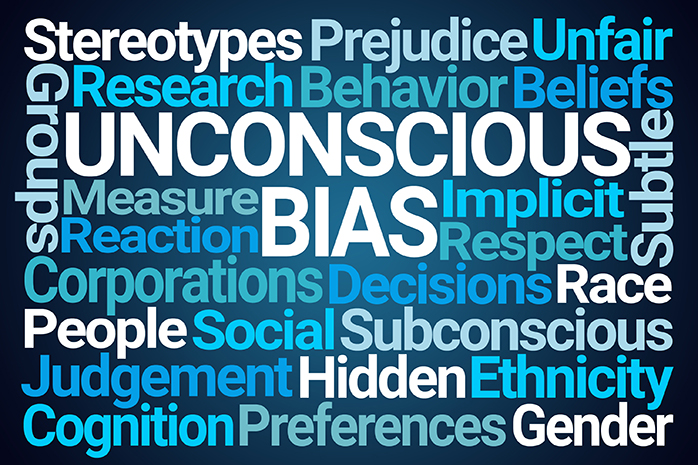
By Keisha Ward, courtesy SBAM Approved Partner ASE
Hiring managers and talent acquisition professionals have all heard the term, go with your gut, but when it comes to making solid hiring decisions, using your head is the best choice.
Going with your gut implies reliance on one’s instinct to make a decision, verses relying on factual data. Using instinct or gut guidance can open the door to hiring bias. In general, people are programmed, or conditioned to think a certain way. For example, in a group of over 200 recruiters, a presenter asked the audience to close their eyes and think of a genius. After a few seconds the recruiters were asked to open their eyes. The audience was amazed to see an image of the person they had all pictured in their minds (while their eyes were closed, the presenter posted an image of Albert Einstein on the screen). The presenter was no mind reader, but rather someone who understands the power of bias. Over 90% of this group of talent acquisition professionals immediately think of Albert Einstein when they think of the word genius. So, how does this effect their hiring practices?
It is common for interviewers to unintentionally gravitate to their comfort zone and make hiring decisions based on their own experiences – especially when time to fill is a factor. To combat this instinctual pull, interviewers should first, identify their own biases and work to redirect their attention.
Some of the most common biases in hiring are:
-
First impressions: A firm handshake. A genuine smile. This bias begins within seconds of meeting a candidate.
-
Similarity: Learning that the candidate attended the same university or belongs to a similar community association or fan club. This tendency to gravitate toward people who are like ourselves is common, but usually has no bearing on the candidate’s ability to do the job.
-
Job postings/descriptions: Recruiters can inadvertently discourage entire groups of potential applicants by using restrictive terms in job descriptions. A posting that uses words like “rock star” or “seasoned”, could deter some applicants.
Establishing a process to redirect the focus to skills and proven abilities is key in non-biased hiring. It’s important to learn what motivates your candidate and their interest, however this information should not affect the hiring decision.
SHRM suggests the following ways to overcome or avoid hiring bias:
-
Seek to understand – When it comes to biases and hiring, managers need to think broadly about ways to simplify and standardize the process.
-
Rework your job description – Job listings play an important role in recruiting talent and often provide the first impression of a company’s culture. Be mindful of word choice as certain words appeal more to women while others appeal to men.
-
Give a work sample test – Mimic the kinds of tasks the candidate will be doing in the job and evaluate work sample tests from multiple applicants. Make sure each applicant is given the same assessment.
-
Standardize interviews – Structure interviews so that each candidate is asked the same set of defined questions.
Hiring managers learn a lot about a candidate during the interview. The key is to focus on the skills that are truly relevant to the role and address the needs listed in the job description. If there are no major red flags that arise in terms of personality, think diversity.
In some cases, good decisions have resulted from gut instinct, though in hiring it is best to avoid guessing and stick to the specific skills that are necessary to do the job. Avoiding the gravitation to a conditioned, candidate comfort zone increases non-biased hiring practice.